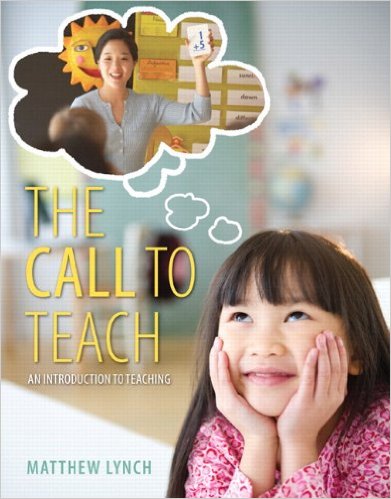Immigration reform has been a hot button issue in the United States for decades. Earlier this year, the Obama administration, along with members of the Republican Party, outlined a plan for comprehensive immigration reform. When they sit down to work out the details, it is critical that higher education finds its way to the center of the discussion. A college education is a virtual prerequisite for securing the American dream and currently it is an option that is off the table for more than one million undocumented students.
Let’s have a look at some of the challenges (and triumphs) that come with educating undocumented immigrants in America.
1. $761 million. That’s the amount that the surge of undocumented immigrants was projected to cost the US in 2014. The estimation from the Federation for American Immigration Reform issued a report on the 37,000 illegal immigrant minors after analyzing data from the Department of Health and Human Services and education funding formulas in all fifty states.
The majority of student immigrants came to the US from Central America.
While some aren’t thrilled about the additional costs of teaching the immigrants, immigrants’ rights groups say that it’s a small price to pay to help these children in need.
Jorge Baron of the Northwest Immigrant Rights Projects said, “We’re one of the wealthiest countries in the world. We should be able to handle this if we focus our energy and some resources and we make sure that kids are treated well, and treated the way we, in America believe kids should be treated.”
The battle of education funding is one that never ceases. The recent recession zapped available dollars; most states in the US are still spending less per student than they did six years ago in 2008. The addition of so many immigrants has spread the education money even more thin — but is the cost worth it?
2. Obama has worked to protect the interests of undocumented K-12 school students in America. The Obama administration has strengthened its stance on protecting public schools students who are undocumented immigrants. The policy includes guidelines on appropriate and inappropriate enrollment practices and they take the place of similar wording from 2011. The administration says that the reason for the enhanced language is due to 17 filed complaints on school enrollment policies in school districts in New Mexico, Colorado, North Carolina, Louisiana, Ohio, Michigan, Georgia and even Washington D.C.
In referencing the new parts of the policy, Secretary of Education Arne Duncan said “Our message is simple: Let all children living in your district enroll in school.”
The guidelines are just a small piece of a larger push for immigration reform from the Obama Administration, which is hoping to put enough pressure on Senators that some action for larger immigration reform is taken before summer recess that starts in August.
In 2011, Obama showed his support for immigrants and their right to education when he enacted the Dream Act that halted deportations of students and in some cases, their families. While the student portion of this legislation got a lot of attention, it also took a closer look at avoiding deportations of low-priority immigrant without criminal records.
3. Children of immigrants get the short end of the stick as far as higher education is concerned. In a conversation I had with Luis G. Pedraja, Provost and Vice President for Academic Affairs at Antioch University in Los Angeles, he that not allowing the children of illegal immigrants access to higher education has some far-reaching impacts.
“Children of illegal immigrants face limited prospects, greater financial burdens, a lack of support networks, and fear. While some states allow undocumented students to attend state institutions, pay in-state tuition, or provide some level of state financial aid, many states bar them from even enrolling. In addition, they cannot receive federal financial aid, loans, or work-study money. Because of their status, most of them will not find substantial employment that will allow them to pay tuition. Unless they receive scholarships, the majority of private universities will be out of reach. The few who do attend colleges most likely will have to work several low paying jobs to cover living expenses and tuition while they attend classes, often preventing them from full-time studies. In addition, they must cope with the constant fear of deportation for them and their families,” he said.
I believe that educating immigrants is something the US should do with their heads held high. These young students crossed the border to our country and giving them the gift of education is our responsibility. These unaccompanied minors are worth investing in; the face of America is changing and the radical transformation is largely due to immigrants. Educating today’s school-age immigrants and giving them access to higher education means better workers in the future – these educated students will positively impact the wealth of this country.



